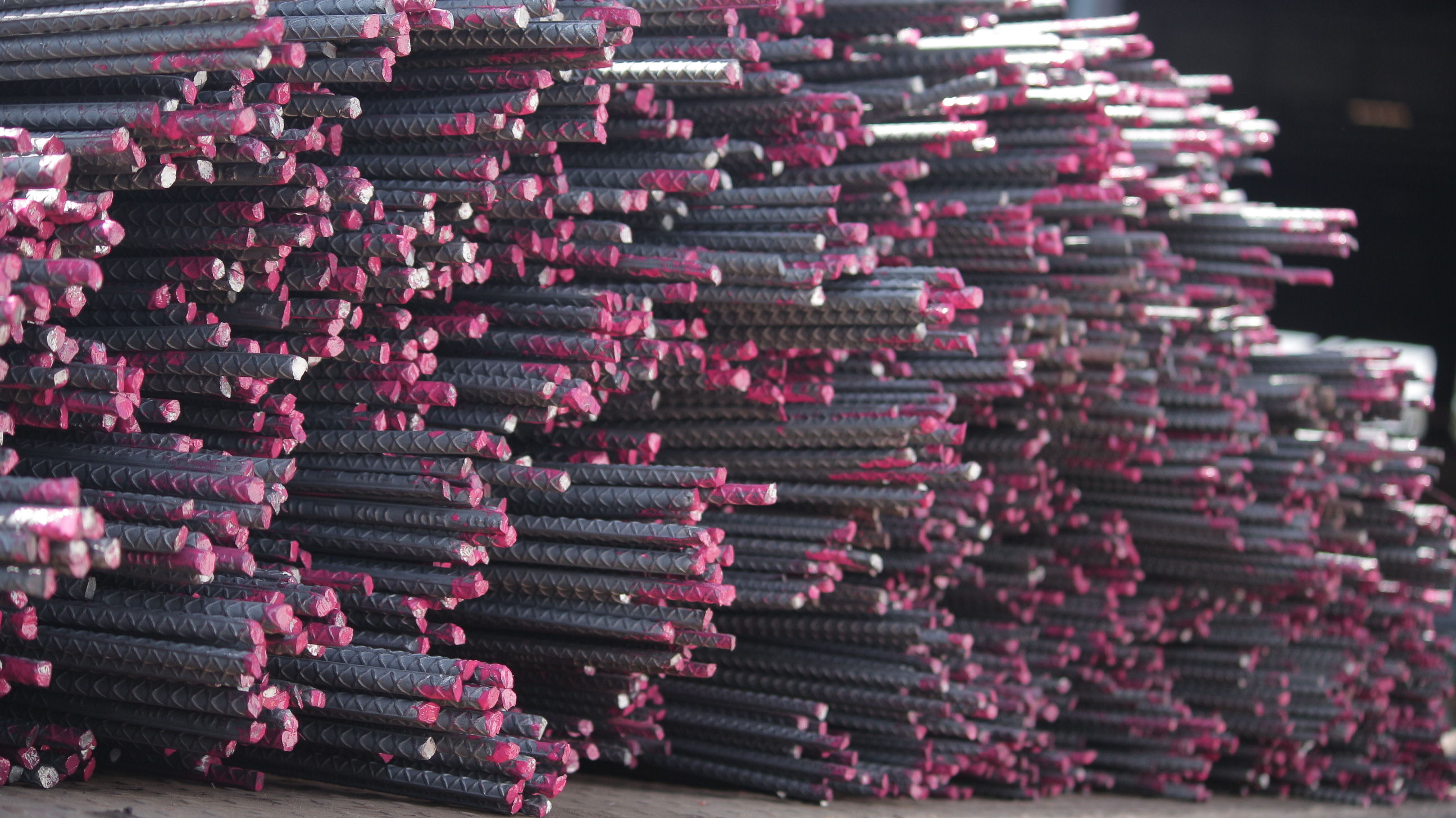Corrosion refers to the damage caused by oxidization or by other chemical reactions on the surface/body of any substance (especially a metal). Withstanding this damage indicates a good corrosive resistance.
A Corrosion resistant rebar with a reduced rate of corrosion enhances total life of the structure from the time of construction.TMT bars carry a huge load of a complete structure and protect it against cracking. Hence are in forcing bar with improved corrosion resistance over traditional carbon steel reinforcing bar is definitely a better choice.
The advantages of Corrosion resistant TMT rebars over normal steel reinforcement bars being:
- Longer life against ordinary bars.
- Higher ductility and bending capacity.
- Easily Weld-able.
- More reliability in extreme conditions like groundwater salinity, acid particles in the air etc.
- Higher yield strength and hence can be used in seismic activity zones.
- Usable in construction along sewage drains and sewage treatment plants against the steel bar which has more chances to get damaged due to salts or acids or bases in sewage.
However critical issues like level of corrosion resistance, cost, availability etc. need to be addressed while selecting a corrosion resistant bar.
How corrosion happens:
The three stages of corrosion for concrete embedded steel are:
- Incubation
- Initiation
- Propagation
Below mentioned is a diagrammatic representation of the different stages:

A concrete Incubation Initiation Propagation embedded steel bar
The rate of corrosion at the later stage (propagation stage) is significantly accelerated once the concrete cracks due to rust formation. This implies a very quick de-structuring of the construction and calls for repair/rework.
Uncoated steel rebar corrosion begins with rust on the surface of the bar thereby causing cracks near the steel and concrete interface. This further expands. With time, the corrosion products build up and further deteriorate the interface which results in more extensive cracking. This finally results in concrete eventually breaking away and leaving the bar thereby causing spalling.
Why Corrosive Resistant Bars:
Steel corroding in concrete might cause cracking or spalling of the concrete. This reduces the life of the structure and also brings in added cost.

Certain measures to reduce the risk of corrosion-related distress in concrete are use of concrete which should be dense and cracks would be minimized. Use of appropriate concrete cover is another key point.
Although the main reason for failure in a reinforced concrete structure is due to corrosion of TOR Steel in the concrete. Use of corrosive resistant rebars proves to be advantageous.
The steel generally corrodes in existence of chloride ions but TMT Bars are casted with a thermo-mechanical treatment making them highly rust and corrosion resistant.
Because of this property they are better suited for use in structures especially in area with higher humidity, coastal states like West Bengal, Orissa.
The added benefits of Moira TMT bars:
- Addition of copper, nickel, and chrome to the raw material providing Moira TMT bars higher corrosion resistance against ordinary bars which are made by sponge iron-based plants.
- The composite uniform microstructure of Moira TMT bars gives it superior corrosion resistant properties when concrete embedded.
Moira TMT bars are Quality checked with extreme rusting conditions through salt corrosion testing methods thereby ensuring standards.

